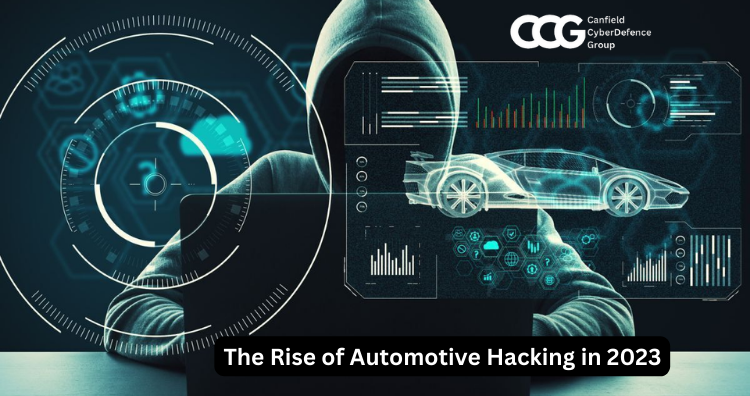With many cutting-edge autos finding wireless and other cyber weaknesses, the rise of automotive hacking is in full swing. For automotive hackers, this is becoming a brand-new frontier to explore and learn from.
Since cars were created to be secured from the outside by security features like steering wheel locks, door locks, immobilizers, and anti-tampering software, automotive hacking has become increasingly challenging. These security measures were put in place to deter auto thieves and stop owners from having unauthorized access to the electronic systems of their vehicles. Few people were able to research and learn about these safety measures because it was challenging to experiment with real vehicles.
In Bloomberg magazine, a newsletter is published on videos regarding the so-called Kia Challenge primarily features teens instructing viewers on how to unlock particular Kia and Hyundai vehicle models. TikTok videos demonstrate how thieves can hotwire an engine by inserting a USB cable into a damaged steering column, much to how screwdrivers are frequently useful for the same purpose.

How Hackers Gain Authentication and Authorization Into Your Vehicle?
- Acceleration Forced
A hacker can operate the accelerator, the brakes, and other driving operations by remotely accessing the car’s computer system. This pushes the vehicle to either accelerate quickly or stop altogether.
- Reach Of Key Fob Extended
A hacker can make the car open or close on its own by gaining access to the key fob for the vehicle. A hacker can also make the ignition turn off by leaving the car running while the key fob is outside.
- Access To Smartphone
Hackers might be able to access any devices you’ve synchronized with your car if it’s connected to the internet. Your bank information, credit card information, driving records, and passwords are just a few examples of information that could be compromised in a cyber assault. Another possible entry point for hackers attempting to steal personal data is connected car apps. Rental car companies have occasionally accessed customers’ sensitive information without authorization. Such a leak has the potential to become a severe problem very rapidly.
- The Use of A USB Hack
Vehicles are notorious targets for cyberattacks, especially when connected to other vehicles and equipped with USB data ports. Numerous studies have demonstrated that modern vehicles’ infotainment systems and other inputs, especially those with USB connections, are vulnerable to hacking. Hackers frequently use social engineering strategies to access a car’s system via a USB device.
Once inside, hackers can install malware and take advantage of the car and its resources. This includes breaking into the driver’s phone and obtaining private data, including texts, photos, and bank login pins.
If hackers are able to access your car through its USB ports, they can mess with the coding, making driving uncomfortable or dangerous. In contrast to a standard data cable, a USB anti-data hacking charging adaptor is advised.
- Telematics
A new technique for keeping an eye on and gathering data about cars is the secure telematics system. This technology is frequently put in place in fleet vehicles, such as those that a taxi or shuttle service buys. The telematics system enables the service to monitor specific data, including fuel levels, oil changes, oil pressure, tire pressure, and other vehicle parameters, as well as track the location of the vehicle. Hackers can readily access sensitive information kept on the internal computer of the car by manipulating this system.
As systems become more technologically advanced and the threat landscape becomes more efficient and complex, the automotive industry is in urgent need of cybersecurity solutions. Be alert to your vehicle’s security and protect them with CheckMate powered by Phen.AI










